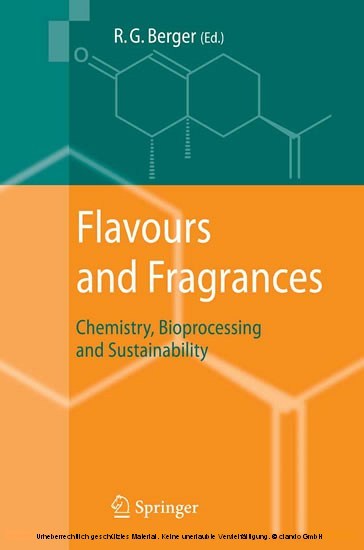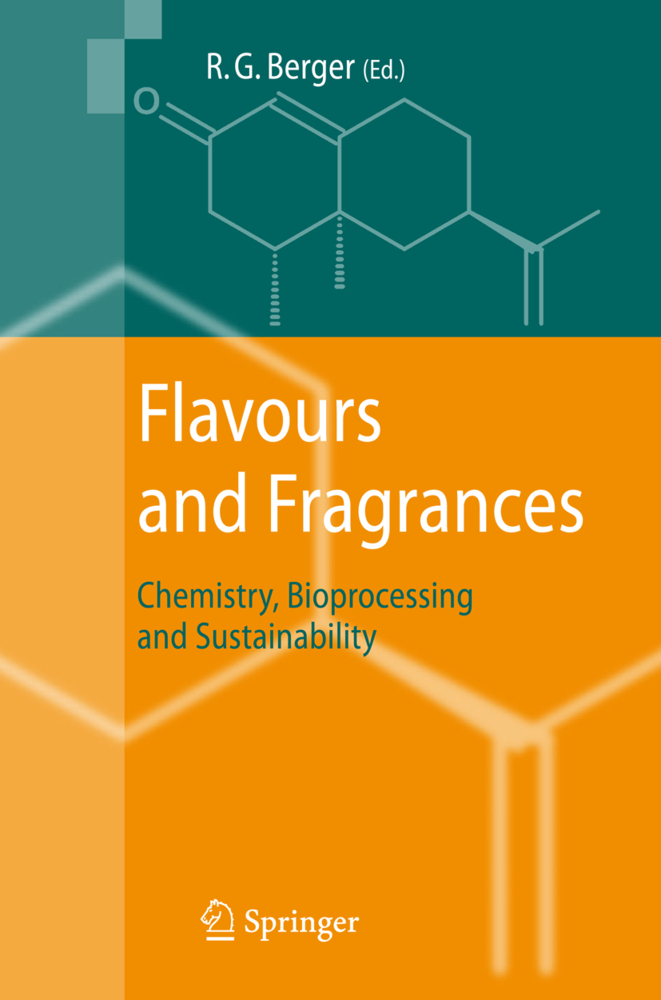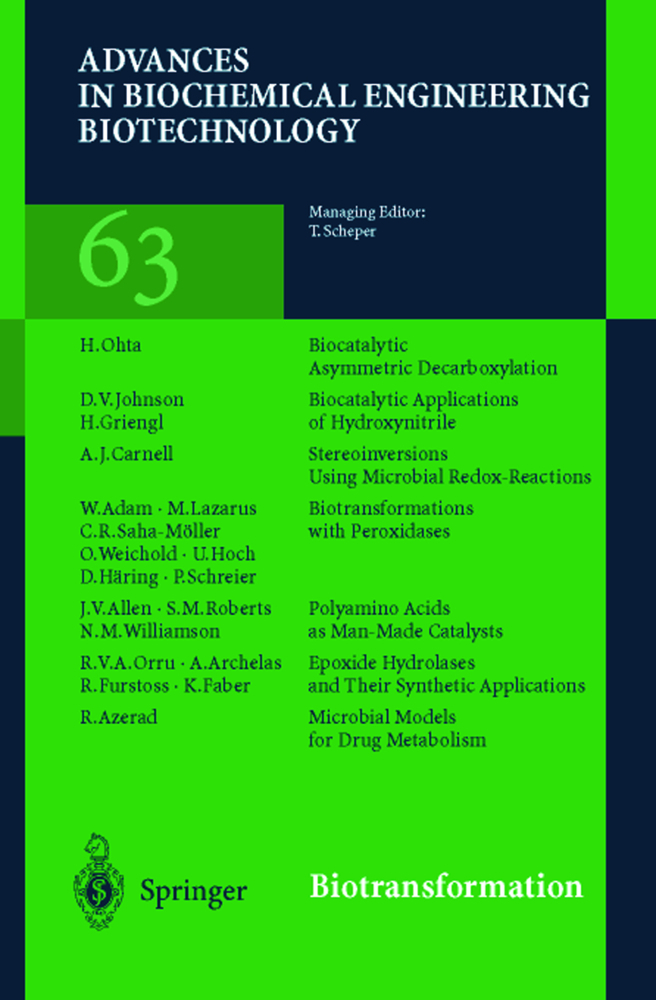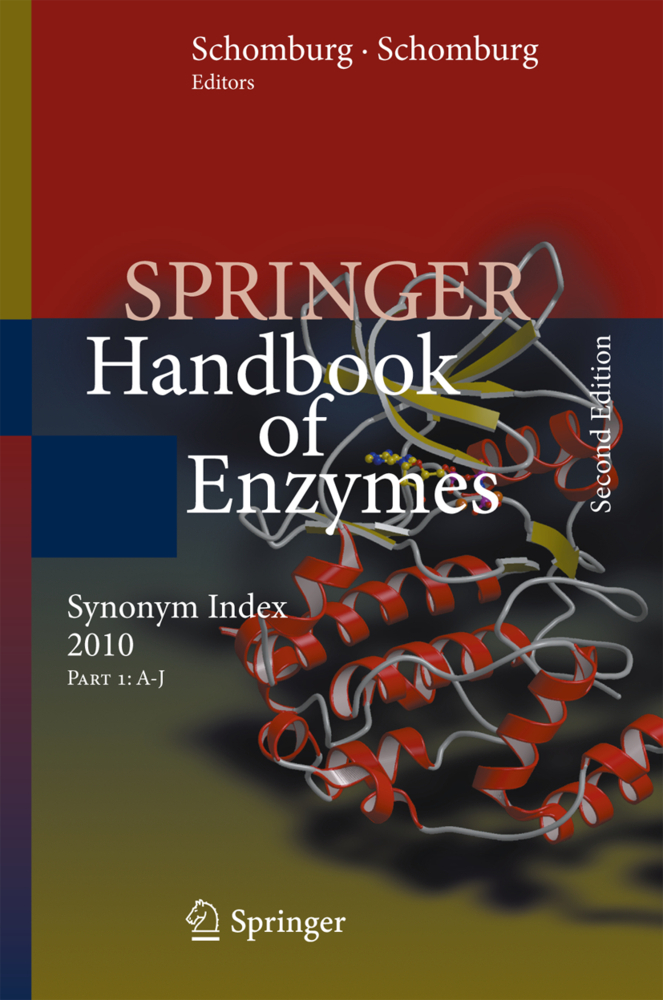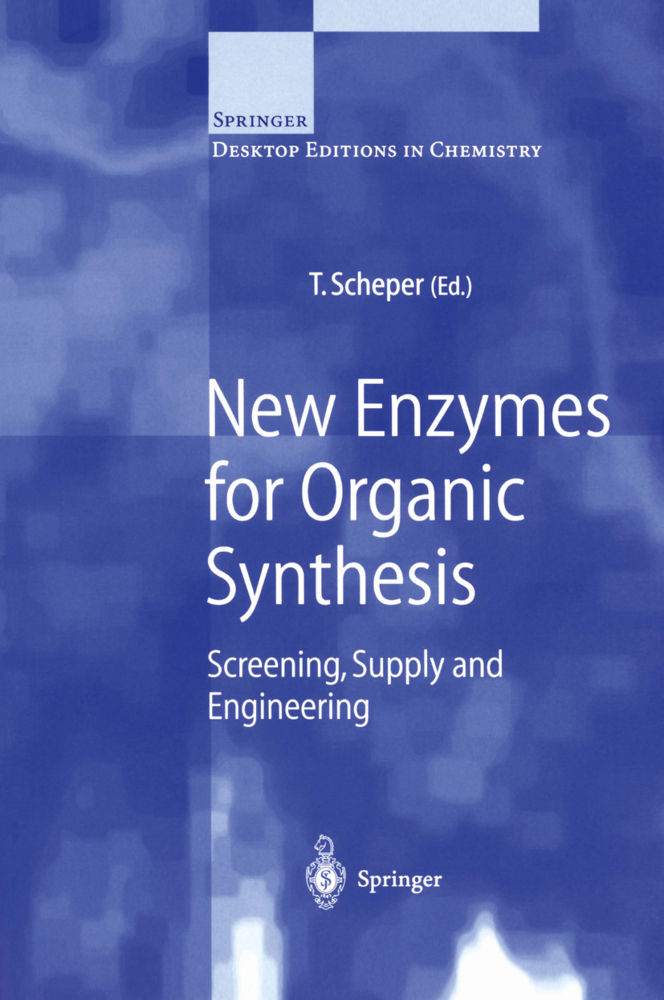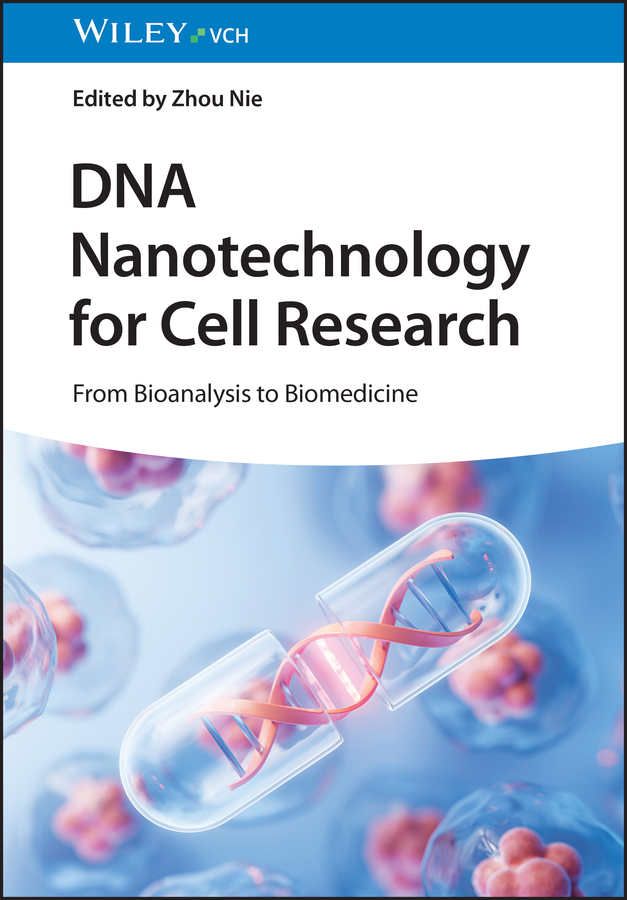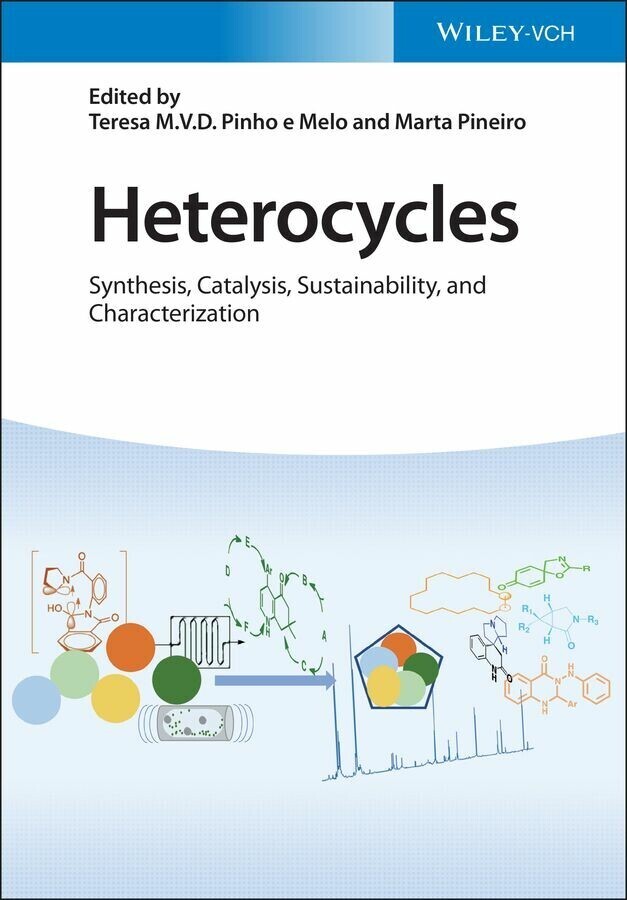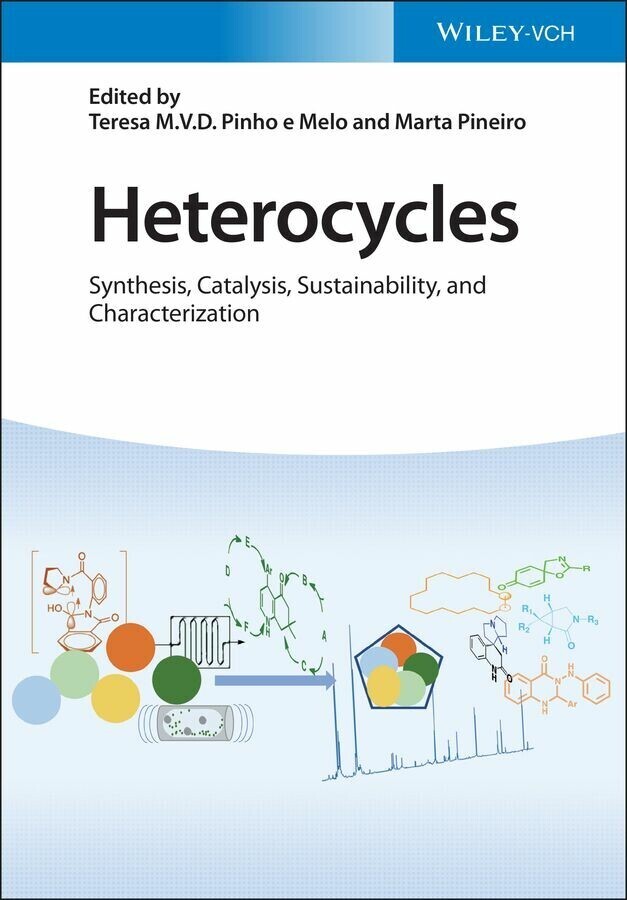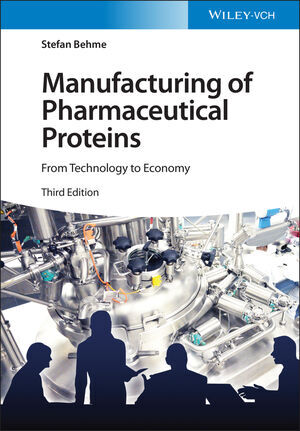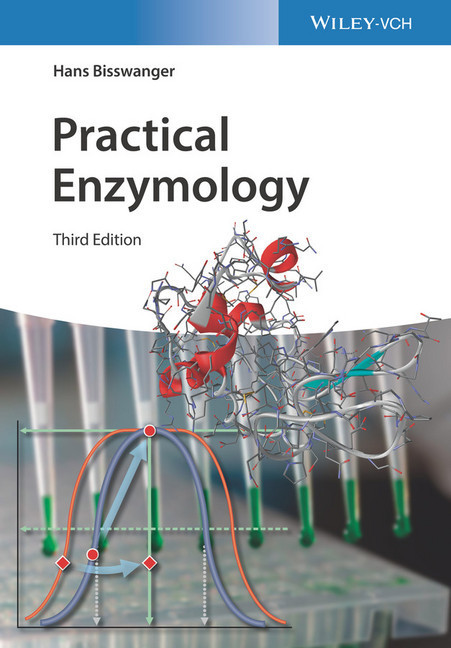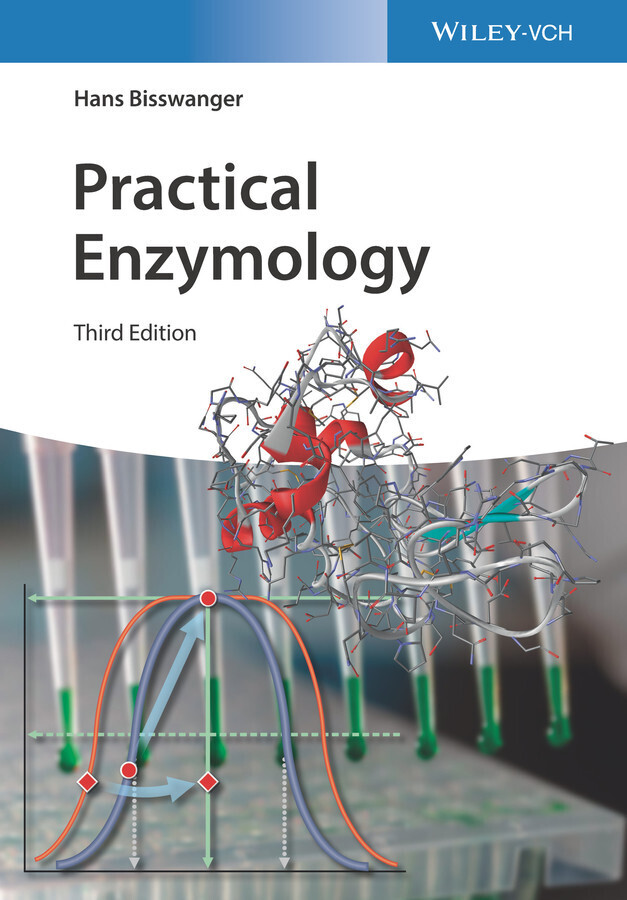Flavours and Fragrances
Chemistry, Bioprocessing and Sustainability
This book is an introduction to the fascinating world of aroma chemicals, essential oils, fragrances and flavour compositions for the food, cosmetics and pharmaceutical industry. The present state-of-the-art technology, the future use of resources and biotechnological approaches for the production of the respective chemical compounds are described. A large section is devoted to the description of the renewable resources of flavours: spice plants, fruits from moderate to tropical climates, vegetables, fermented and heated plants. Analytical methods, such as gas chromatography coupled to human or electronic noses or to a mass spectrometer, are outlined and consumer trends, legal and safety aspects are described. Novel renewable resources come from biotechnology. Enzymes, for example, bio-transform cheap substrates to produce flavours de novo; plant cells in culture may serve as a rich resource of genes coding for metabolic activities in transgenic producers. The book will be of great interest to scientists and engineers in the food, flavour, fragrance and pharmaceutical industries and all respective researchers in academia.
1;Preface;5 2;Contents;7 3;1 The Flavour and Fragrance Industry- Past, Present, and Future;17 3.1;Acknowledgements;30 3.2;References;30 4;2 Flavours: the Legal Framework;31 4.1;2.1 Definitions;31 4.2;2.2 Legal Positions;32 4.3;2.3 Legal Situation and Natural Flavourings, a Brief Reflection;38 4.4;References;39 5;3 Olfaction, where Nutrition, Memory and Immunity Intersect;41 5.1;3.1 Introduction;41 5.2;3.2 Memory Consolidation- Short- Term, Long- Term and Permanent Memories;43 5.3;3.3 Multidimensional Biomemory;46 5.4;3.4 Flavour Sensation as a Part of Personal Dietary Choices;47 5.5;3.5 Measuring Flavour Perception Is Influenced by Several Factors;47 5.6;3.6 The "Melody" of Coffee;49 5.7;3.7 Metabolomics and the Metabolic Response to Foods;52 5.8;3.8 Profiling of Postprandial Plasma Lipid Composition;53 5.9;3.9 Profiling Signalling Lipids;54 5.10;3.10 Conclusion;55 5.11;References;56 6;4 Chemistry of Essential Oils;58 6.1;4.1 What Is an Essential Oil?;58 6.2;4.2 Impact of Chirality: Enantiomers;86 6.3;4.3 Analysis of Essential Oils;88 6.4;4.4 Conclusions;90 6.5;References;98 7;5 Bioactivity of Essential Oils and Their Components;102 7.1;5.1 Introduction;102 7.2;5.2 Antimicrobial Activity;102 7.3;5.3 Antiviral Activity;105 7.4;5.4 Antioxidant Activity;106 7.5;5.5 Analgesic Activity;108 7.6;5.6 Digestive Activity;109 7.7;5.7 Anticarcinogenic Activity;111 7.8;5.8 Semiochemical Activity;115 7.9;5.9 Other Activities;117 7.10;5.10 Conclusions;117 7.11;Acknowledgements;118 7.12;References;118 8;6 Citrus Flavour;131 8.1;6.1 Introduction;131 8.2;6.2 Physical Characteristics of Citrus Fruit;132 8.3;6.3 Technological Flavour Products;133 8.4;6.4 Botanical Sources of Citrus Flavours;135 8.5;6.5 Flavour- Impact Compounds;139 8.6;References;146 9;7 Fruits and Vegetables of Moderate Climate;149 9.1;7.1 Introduction;149 9.2;7.2 Formation of Flavours in Fruits and Vegetables;150 9.3;7.3 Fruits;159 9.4;7.4 Vegetables;180 9.5;7.5 Conclusions;194 9.6;References;195 10;8 Tropical Fruit Flavour;202 10.1;8.1 Introduction;202 10.2;8.2 Guava (Genus Psidium);202 10.3;8.3 Banana (Genus Musa);203 10.4;8.4 Mango ( Mangifera indica);205 10.5;8.5 Melon ( Cucumis melo);206 10.6;8.6 Papaya ( Carica papaya);207 10.7;8.7 Passion Fruit ( Passiflora edulis);208 10.8;8.8 Pineapple ( Ananas comosus);209 10.9;8.9 Cupuacu ( Theobroma grandiflorum);210 10.10;8.10 Bacuri ( Platonia insignis M. or Platonia sculenta);211 10.11;8.11 Sustainability of Tropical Cultivation;212 10.12;References;213 11;9 Vanilla;215 11.1;9.1 Introduction;215 11.2;9.2 The Plant;216 11.3;9.3 Vanillin;217 11.4;9.4 Biosynthesis;217 11.5;9.5 Enzymes;218 11.6;9.6 Curing;221 11.7;9.7 Chemistry;222 11.8;9.8 Biotechnological Production of Vanillin;223 11.9;9.9 Conclusions;225 11.10;References;225 12;10 Flavour of Spirit Drinks: Raw Materials, Fermentation, Distillation, and Ageing;230 12.1;10.1 Introduction;230 12.2;10.2 Flavour Compounds in Distilled Spirits;231 12.3;10.3 Important Flavour Compounds from Raw Materials;235 12.4;10.4 Distillation- Separation and Fractionation of Flavour;236 12.5;10.5 Flavour Compounds Originating from Ageing;237 12.6;10.6 Flavour and Flavour- Related Aspects of Distilled Spirits;238 12.7;10.7 Sustainability in Production of Flavour of Spirits;248 12.8;10.8 Conclusions;248 12.9;References;249 13;11 Wine Aroma;251 13.1;11.1 Introduction;251 13.2;11.2 Logic behind Varietal Aroma;252 13.3;11.3 Chemical Basis of Varietal Aroma;253 13.4;11.4 Impact of Viticulture and Growing Conditions;259 13.5;11.5 Impact of Enology;263 13.6;11.6 The Mystery of Wine Ageing;272 13.7;11.7 Conclusion;273 13.8;Acknowledgements;274 13.9;References;274 14;12 The Maillard Reaction: Source of Flavour in Thermally Processed Foods;278 14.1;12.1 Introduction;278 14.2;12.2 The Chemistry of the Maillard Reaction;279 14.3;12.3 Classes of Aroma Compounds Formed in the Maillard Reaction;283 14.4;12.4 Conclusion;290 14.5;References;291 15;13 Chemical Conversions of Natural Precursors;293 15.1;13.1 Introduct
Berger, Ralf Günter
| ISBN | 9783540493396 |
|---|---|
| Artikelnummer | 9783540493396 |
| Medientyp | E-Book - PDF |
| Copyrightjahr | 2007 |
| Verlag | Springer-Verlag |
| Umfang | 648 Seiten |
| Sprache | Englisch |
| Kopierschutz | Digitales Wasserzeichen |

